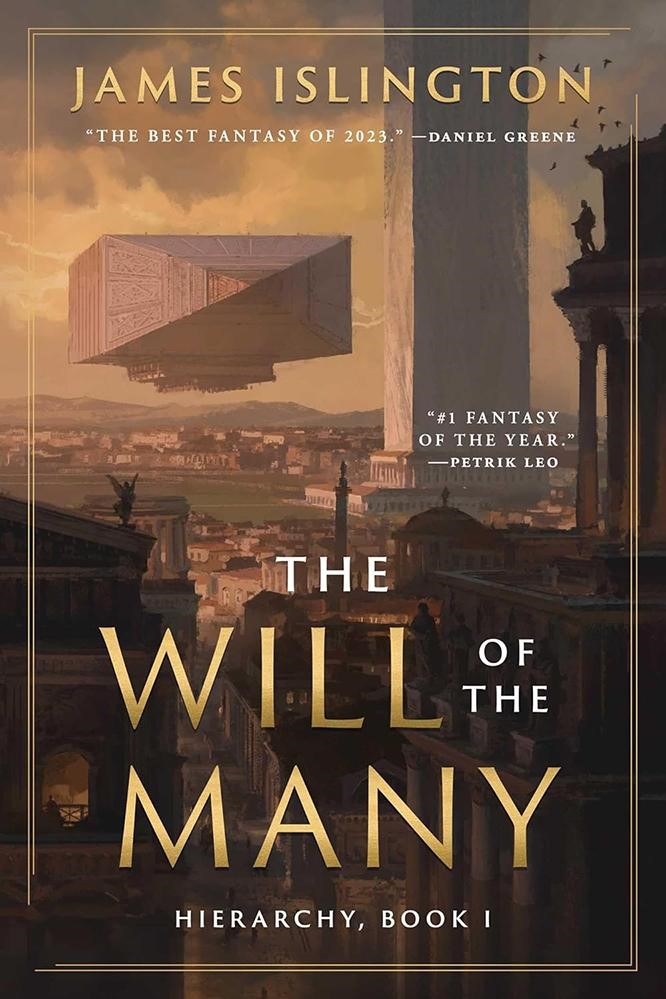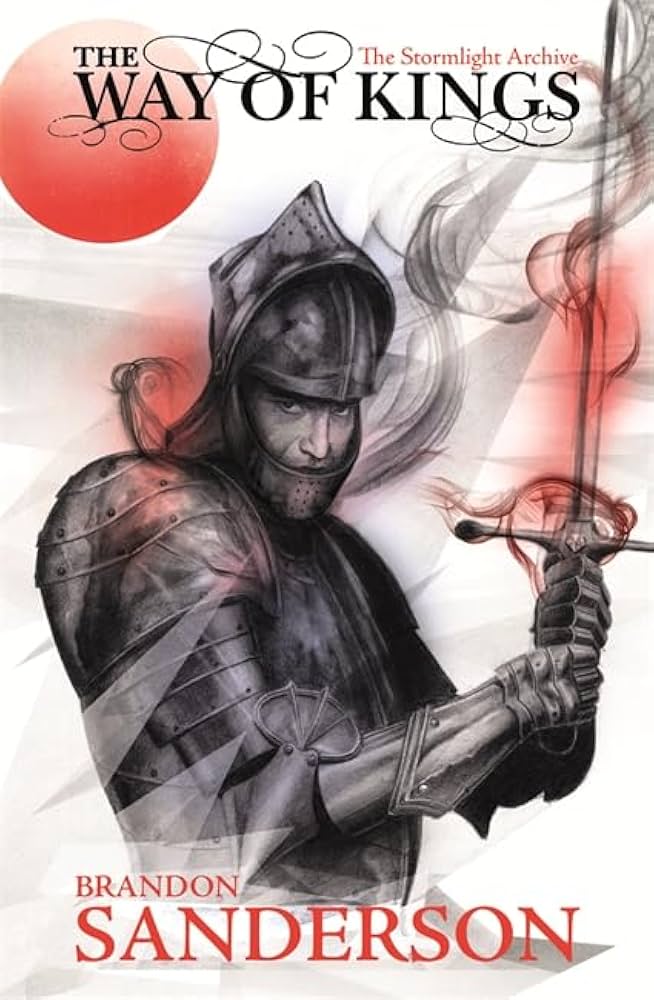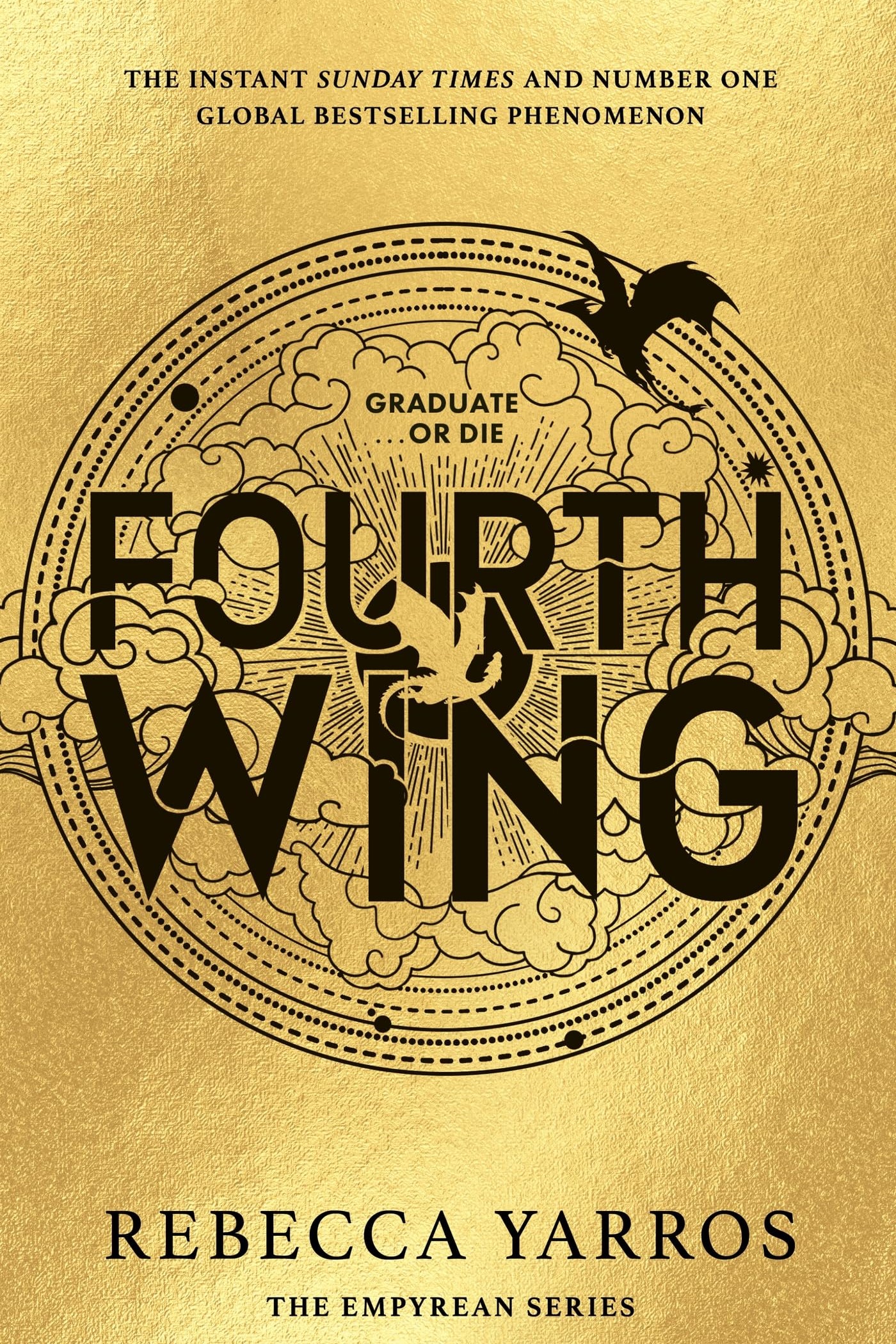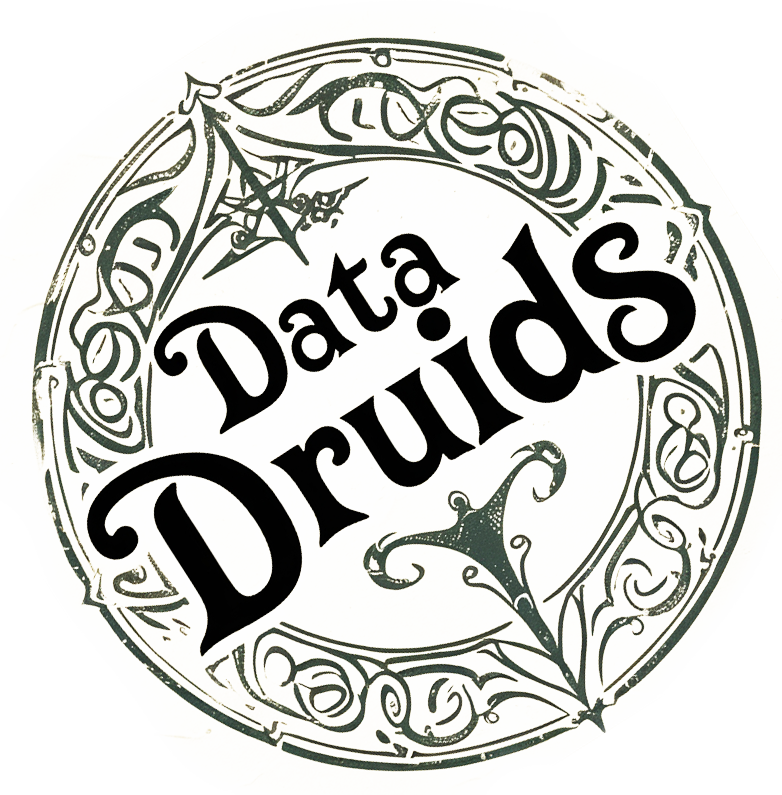Dear Philmore Brooks,
Being one of our favorite directors, it’s truly a shame that so much time has passed since your last film. We’ve heard that a lack of inspiration is weighing you down, so we decided to offer our help. Imagine this: a packed theater, audiences glued to their seats, so captivated by the movie that they forget about their popcorn, and critics raving on and on about your latest masterpiece. What if we told you that the missing puzzle piece for creating such a blockbuster might already be gathering dust on millions of bookshelves all across the world, waiting to be brought to life by you? You must constantly get movie ideas from all kinds of people, and we bet it gets exhausting, with everyone thinking they know what makes a great script. Instead of crafting a half-hearted plot of our own, we have decided to dive deep into the great stories that already exist in the timeless form of books. By adopting our ideas, your next film has the potential to stand among the greatest in cinematic history. “But who the heck are we?” you ask yourself. We are a group of movie aficionados who decided to take on the daunting challenge of learning data analysis. Exciting, right? We call ourselves the Dütschschwizer Datadruids, and we’re here to help you get the fame you deserve. Book-based movies have a unique power: they can tap into an existing fanbase, provide a blueprint for the adaptation, and have a proven track record of yielding more successful movies compared to non-book-based movies. We will explore how such films outperform their bookless counterparts and uncover the most important factors to catapult your movie to the top. From genre choice to popularity to narrative fidelity, we will tell you what factors to consider to turn the book you choose into the next blockbuster. But let’s start with a little game. Test your knowledge of successful movies in the quiz below. Do you see any patterns in the movies outperforming their counterparts?
We will come back to how we matched these pairs for the quiz, but for now, all you need to know is that all the winners here are based on books, whereas their counterparts are based on a poem, a short film, or traditional film scripts. We hope that, with that, we have made you curious to keep reading about the world of book adaptations.
What do we base our analysis on?
The first and maybe also most important step for a good data analysis is finding the data. We were equipped with a lot of data on movies, containing not only metadata about its production but also movie summaries from Wikipedia and IMDB-Ratings. We combined this data with a book dataset that includes important information such as Goodreads ratings (the most important platform for book reviews, comparable to the IMDB website), the length of the book, release date, author etc. It also includes which books were adapted to movies, allowing both datasets to be combined. The first thing to do when handling such a big dataset is cleaning up. We chose to focus on movies that have information about both the revenue and budget of the movie, which already shrunk our dataset to 7694 movies. Out of these 7694, 659 are based on a book. In our analysis we will compare the data of movies-based-on-books with movies-not-based-on-books. You might have noticed that having to say “a-movie-based-on-a-book” or “a-movie-not-based-on-a-book” every time is quite a mouthful. We want to make your life as easy as possible and will therefore introduce you to our good friends (aka. acronyms) Bob and Nob. Bobs are all movies that are Based-On-a-Book. Nobs are all movies that are Not-Originated-from-a-Book. When we talk about Bobs, do you have some examples in mind? Some of the most successful movies ever made, both in terms of revenue and ratings, are the Lord of the Rings, and to no one’s surprise they are part of our Bobs! Can you find them in the graph below? Can you find any other of your favorite Bobs?
How much more successful are Bobs?
First, one has to define what it means for a film to be successful, which proves much harder than initially assumed. Realizing that a movie is successful is easy, deciding whether it is more successful than another one is quite the opposite. Is a small-budget artsy movie more successful than yet another Hallmark Christmas movie with the most predictable storyline? Is a movie with hundreds of 5 star reviews better than a movie with thousands of 3 star reviews? As often in life, the easiest thing is to copy what other people are using, which leads us to the two metrics that are the most prominent, box office revenue and ratings.
Merging the two metrics would significantly impact the outcome of any analysis, depending on the method of combination. We decided to focus mainly on the revenue and to consider the ratings as a feature that can impact the revenue. As a director, we’re quite sure you agree that, in the end, it is about money – five-star ratings don’t put food on the table.. To get a first impression of our data, we could look at the evolution of revenue over time for both Bobs and Nobs. When inspecting money over time, it is important to consider that some effects are simply caused by inflation. We have therefore adjusted the revenue for inflation, using the US consumer price index. For all subsequent analysis we have always used an inflation-adjusted scale for all money related parts.
We can already see that while both revenues for Bobs and Nobs increase over time, ever since 1935 Bobs’ median revenue always lies above that of the Nobs’, and the difference seems to get bigger over time. However, this simple analysis does not reliably show whether the observed trend is simply due to the Bobs being based on books. When talking about money, we also have to consider how much was spent.
So Bobs not only generated more revenue but were also more expensive than Nobs. Again, we can see that the difference in spending between Bobs and Nobs increases over time. So what if we look at the profit they made?
That’s great to see! Bobs’ median profit lies above the one of Nobs.
But this alone is probably not enough to convince you of directing a Bob. What if the effect is caused by so-called confounders? Maybe Bobs outperform Nobs because of the chosen genres? We want to convince you without a doubt that choosing a Bob for your next masterpiece is a good idea, so we should take care of these confounders first.
In order to get more meaningful results, we’ve performed a matching analysis. The aim of this statistical method is to compare Bobs and Nobs with similar preconditions for achieving high box office revenue, thereby minimizing the impact of confounding factors. This necessitates the definition of what it means for two films to have similar preconditions for success. To make sure that we catch all important factors, we not only fitted one but two models: linear regression and random forests. While we try to give you as much information as needed to understand our findings, we won’t bore you with any technical details of the models we used, we promise. As data analysts, it’s our job to handle the technical stuff so you don’t have to.
Linear Regression tries to model the data by defining the impact of each variable on the outcome. As an example, if our data included the total number of cookies consumed during filming, this would probably have a very low impact on the box office revenue. The duration of the movie on the other hand will probably have some influence. Be it that longer movies seem to give more bang for the buck and, thus, attract more viewers, or that shorter movies can be played more often in cinemas. Deciding which scenario is more important is where linear regression comes in.
Linear regression is an easy to use and fast method to gain some insight into the dataset. However, as the name suggests, it can only capture linear relationships between our data and the revenue. To give you a more varied insight into our data, we’ve decided to additionally use random forests to extract feature importances and confirm our previous findings.
While the name “random decision forest” sounds spooky, its working principle is quite easy to understand. It consists of many different decision trees that are essentially interviewing the data. A decision tree might ask whether a movie has been produced in the US and depending on the answer it will then either try to identify in which other country this movie was produced, or move on to some other questions like the number of languages the movie was translated to. A tree will normally ask between 10 and 20 questions. Afterwards, every tree makes its own estimate of the revenue of the movie. Each tree tries to have the best possible estimate. Having many of these trees allows the algorithm to check which questions are being asked the most often, which directly gives their impact on the prediction of the revenue.
In the linear regression plot you can see all features, out of the almost 50 we tested, that have significant p-values. Points on the right side of the dashed line have a positive effect on the revenue prediction while those on the left side have a negative one. A high vote count seems to have the highest positive effect on the revenue, together with the inflation-adjusted budget. The popularity measure is a custom measure of how often the movie has been looked up lately on the IMDB website and has a positive impact as well. Surprisingly, the movie year has a negative effect on the revenue, meaning that if we isolate the effect of the release date, newer movies perform worse than older ones. We explain this to ourselves with the fact that nowadays there are a lot of bad movies (not from you of course) that make no profit at all, while in the past, movie making was more of an exclusive art form, where much less movies were made. So while there are a few great movies with a lot of revenue nowadays, there are even more really bad ones, leading to a newer release year having a negative effect on the revenue. In the plots derived from the random forest we can see that the vote count and budget is very important for the success of a movie. While both models are not perfect for the prediction of a movie’s revenue, they still show a clear pattern of which parameters are important for a movie’s success. It is interesting that factors such as the number of translations and the production country have no significant impact. Some of these features have a positive effect on the success of the movies and others have a negative effect.
This plot visualizes the SHAP values derived from the Random Forest model for all movies. SHAP values are a widely used metric to understand how individual features influence predictions in machine learning models. While the plot might initially seem complex, it becomes easy to interpret with some guidance. Each dot represents a data point, and the colors indicate the magnitude of a specific feature’s value. For example, in the case of budget, red dots (indicating a high budget) are associated with positive SHAP values, meaning they contribute positively to the prediction. Conversely, blue dots (representing low budgets) show a negative impact on the outcome. For binary features (features that can be answered with a yes or no question), such as genre, red dots (high value) indicate that a particular feature is present for a given data point. We can see that the SHAP values mostly agree with the results from the linear regression! This is a great sign and we can now use these findings to do the matching of our Bobs with Nobs that are the most similar in their preconditions for success.
Since no two movies will have the same genres, runtimes, and ratings, the task of finding two identical movies is doomed from the get go. One way of avoiding this doom is to create a propensity score. Merriam-Webster defines Propensity as “an often intense natural inclination or preference”, in this case - a natural inclination to make heaps of money. This propensity score combines all important confounders to generate one feature on which movies can then be matched, a feature that measures their preconditions for success. Following the previous analysis, our propensity score was constructed as a linear combination of the following features: vote count, release year, budget, runtime, popularity, vote average, adventure genre and genres count. Wait, why are we doing this again? Right, Bobs and Nobs with the same preconditions/propensity score can be matched and compared. We have already introduced you to some of these matches in the quiz at the beginning of our letter! Finally, let’s reap the fruits of our labor and see what results this produces. Out of 434 pairs of Bobs and Nobs, 58% of the time Bobs make more money. Could this result just be a statistical anomaly you might ask. Doing a statistical test shows that we can be 99.97% sure that the difference in revenue between Nobs and Bobs is statistically relevant and not just due to a random fluctuation in our dataset. Enough of these percentages, what does this mean in the green? A Bob has an average revenue that is 10.7 million US-Dollars higher than a similar Nob. Does this suffice to convince you that Bobs are superior to Nobs?
What book to choose?
Now that we have hopefully convinced you of doing a Bob for your next blockbuster, we should probably help you know what to look for in the perfect book for a Bob. By now you are certainly familiar with our workflow: we first clean our data and then we fit both a linear regression and random forest model to our dataset to figure out which features are important. Do you expect a good book to make a good movie?
Overall, taking only the book features leads to a higher error in predictions and less of the variability in the dataset can be explained. So choosing a good book alone does not make a good movie yet. We are sure you are glad to hear that your expertise is still valuable and important to make the next masterpiece. However, with those two models we can still make some recommendations for your choice of book. Linear regression seems to not capture the influence of a high 3 star percentage in ratings for the book. If we look at the SHAP values of 3 star ratings we can see that a mediocre book (meaning a high percentage in 3 star ratings) makes for a bad movie. A high percentage in 5 star ratings on the other hand has a positive influence on the success of its Bob. Another important factor for success is the genre of the book. Some book genres seem to be more suitable for Bobs than others. We suggest you should choose either your favorite Adventures or Thrillers book to increase your chances of making a successful Bob. And last but not least, people tend to love sequels. Choosing a book that is part of a series will certainly increase your chances of making the next Lord of the Rings.
How to adapt the book?
The first step of selecting the right book has been taken, but what now? Should your movie try to do some creative interpretation of the book or just follow it as closely as possible? Is it important that the overall feeling of the book is kept or can a change in scenery help distancing the movie from the book? Contrary to what has been done so far, this part cannot be derived by features like ratings, runtime or budget. To really have an idea of how much a director has changed the initial story, one has to watch the movie and read the book. This would be impossible to do as humans, and would still require copious amounts of time even on the fastest computers. Luckily, Wikipedia exists. A place where thousands of contributors improve each other’s work to perfection and beyond. With this, we could identify a total of 392 stories where the book and movie summaries are available. Comparing these texts with an algorithm helps determine the similarity between them, this score can then be combined with the most important book and movie features from the earlier analysis. Once again, our dear friends random forests and linear regression, can now help in deciding how important this similarity is. It is also interesting to compare the most important features of movies with the most important features of books.
This analysis shows that in general a higher similarity is desirable. Features like movie budget and year, and whether the movie’s genres include “adventure” are still more important. When it comes to book features, the only important features are its genre and whether it is in a series or not. They are however all less important than the similarity between the book and the movie. This means that it is better to choose a book that translates well to the screen, rather than choosing one that is just popular. This also gives you more leeway as the director, which you will surely appreciate.
Learning from the classics
In the quest of helping you decide what book to choose and general insights on how you should go about putting the written word on screen there is one treasure chest which we haven’t explored yet. There are some books such as “Frankenstein” and “Dracula” where there exist several dozens of movie adaptations. It goes without saying that not all of them achieved the same level of success. So let’s try to understand what sets the best Bobs apart from their book siblings. For simplicity’s sake, films that were based on the same book will be called Bob siblings from now on. The most interesting features to look at are the ones you can act on before and during your next production. We selected the budget, runtime, release year, and similarity between the book and movie plot. Unfortunately, filtering for Bobs with siblings where all these features and the revenue (success metric) are known leaves us with relatively little data and the results ought to be taken with a grain of salt. But let’s look at how we went about making the most of what we have at our disposal. First, we standardized the features and revenue for all films based on the same book. Following this step, positive feature values indicate that a film is above the mean compared to their siblings, while negative values suggest the opposite. The most successful siblings are therefore characterised by a positive revenue value after standardisation. Plotting the distribution of the other features for those top films gives an indication where they generally stand with respect to their siblings.
The small amount of data leaves us with a little dilemma. Including the Bobs with fewer siblings leaves us with more overall data but the individual families are less meaningful whereas only looking at big families drains our overall data even more. Nonetheless there are certain trends visible throughout all possible arrangements. The best performing movies tend to be longer, older and more similar to the book than their siblings. This is very good news as this allows you to express yourself without having to worry too much about your creation being too long. Furthermore you can focus on the filmographic aspects of the production as the plot is already well established by the chosen book. Lastly we would recommend to choose a book which hasn’t yet been adapted as your version will then forever be the oldest one available.
Final recommendations
Let us quickly summarize what we have learned from looking at the data. Basing your next film on a book can clearly give you an edge compared to other sources of plotlines. An even smarter choice is to opt for an entire book series, as it not only boosts your chances of success but also opens the door to producing more than one movie. Make sure that the series hasn’t been put on screen yet and look out for high 5-star and low 3-star rating percentages. Additionally, the best genres to look out for are adventure and thriller. Once you’ve found a story that resonates with you, aim to stay true to the book’s plot. This not only reduces the risk of your film falling flat but also helps avoid upsetting the book’s fanbase by drastically altering their beloved narrative. Finally, let us recommend some stories that are dear to our hearts and fit all the aforementioned criteria: The Hierarchy Series from James Islington, The Stormlight Archive from Brandon Sanderson and the Empyrean Series by Rebecca Yarros.



We really hope to have convinced you, Philmore Brooks, to film more books.
Sincerely,
The Dütschschwizer Datadruids

